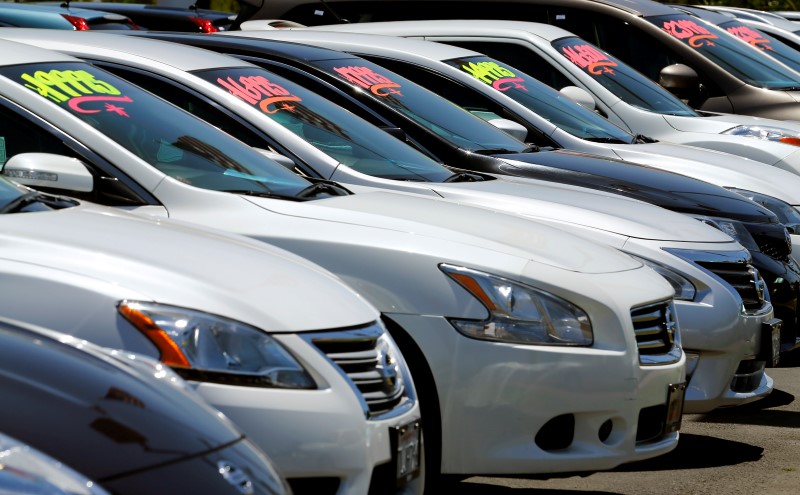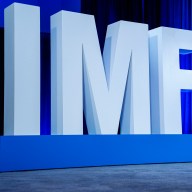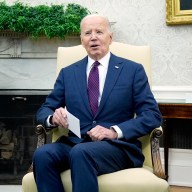By Lucia Mutikani
WASHINGTON (Reuters) – U.S. consumer spending increased for a fourth straight month in July amid strong demand for automobiles, pointing to a pickup in economic growth that could pave the way for the Federal Reserve to raise interest rates this year. Monday’s report from the Commerce Department came several days after Fed Chair Janet Yellen said the case for raising rates had strengthened in recent months. Low inflation, however, suggests the U.S. central bank could wait until its December policy meeting before raising borrowing costs. “This report is a mixed bag for the Fed. While the consumer sector iscontinuing to advance solidly, progress towards the Fed’s inflation mandate has stalled,” said Michelle Girard, chief economist at RBS in Stamford, Connecticut.”It strengthens the case for an increase in interest rates, but does not suggest an urgency for policymakers to act in September.” The Commerce Department said that consumer spending, which accounts for more than two-thirds of U.S. economic activity, rose 0.3 percent last month after a 0.5 percent gain in June.
July’s increase was in line with economists’ expectations. When adjusted for inflation, consumer spending also rose 0.3 percent in July after advancing 0.4 percent in June.
That suggests consumer spending retained much of its momentum from the second quarter, when it grew at a 4.4 percent annual rate, the fastest pace in nearly two years. The jump helped to mitigate some of the impact of a sharp inventory drop and prolonged business investment downturn. The economy grew at a lackluster 1.1 percent annual rate in the second quarter.
July’s upbeat consumer spending data lifted the dollar <.DXY> against a basket of currencies. Wall Street rose, boosted by gains in financial stocks. U.S. Treasuries were trading higher.
Yellen told a gathering of global central bankers last week that “solid performance of the labor market and our outlook for economic activity and inflation” had bolstered the argument for raising interest rates in recent months. The Fed hiked interest rates at the end of last year for the first time in nearly a decade, but has held them steady this year amid concerns over persistently low inflation.
TAME INFLATION
Financial markets are currently pricing in a 30 percent chance of a rate increase at the Fed’s Sept. 20-21 policy meeting and a 57.2 percent probability at the December meeting, according to CME Group’s FedWatch tool. Last month’s consumer spending report added to data on the goods trade deficit, industrial production, durable goods orders and residential construction that have pointed to an acceleration in economic growth early in the third quarter. The Atlanta Fed is currently estimating the economy to grow at an annual pace of 3.5 percent in the third quarter.
Consumer spending is being driven by a tightening labor market, which is steadily lifting wages. Rising home values and stock prices, which are boosting household wealth, are also supporting consumption. Last month, there was little sign of inflation even as consumer spending firmed. The personal consumption expenditures (PCE) price index, excluding the volatile food and energy components, edged up 0.1 percent after a similar gain in June. In the 12 months through July the core PCE increased 1.6 percent. It has risen by the same margin every month since March. The core PCE is the Fed’s preferred inflation measure and is running below its 2 percent target. “We remain of the view that services inflation will continue to be firm, but some of its strength will likely be offset by the other components of the PCE basket, leading overall inflation to increase at a moderate pace,” said Blerina Uruci, an economist at Barclays in Washington. Consumer spending last month was lifted by a 1.6 percent surge in purchases of long-lasting manufactured goods such as automobiles. Spending on services rose 0.4 percent, but outlays on non-durable goods slipped 0.5 percent. Personal income increased 0.4 percent in July after rising 0.3 percent in June. Wages and salaries advanced 0.5 percent. Savings rose to $794.7 billion from $776.2 billion in June.
“We would look at today’s higher savings … as creating room for spending to run a bit hotter than income in future months,” said Andrew Hollenhorst, an economist at Citigroup in New York. (Reporting by Lucia Mutikani; Editing by Paul Simao)
Solid U.S. consumer spending boosts prospect of Fed rate hike

By Lucia Mutikani











